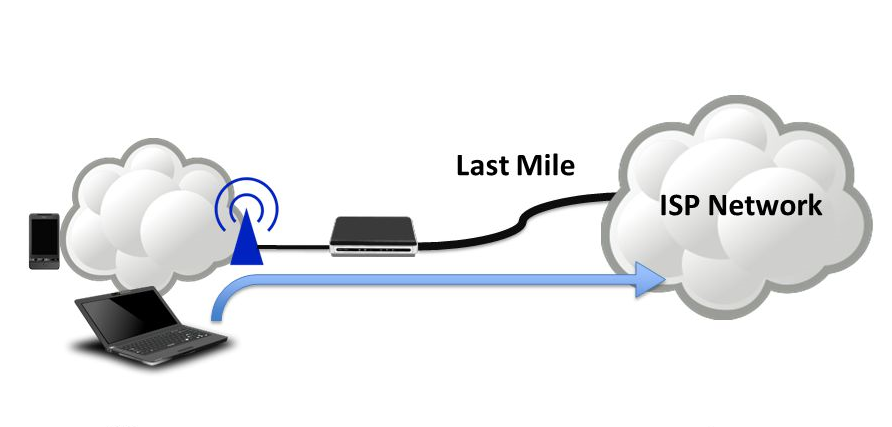5 Effective Ways to Improve Work from Home

The Covid-19 pandemic proved that work from home and remote work was viable and productive for more employees than previously believed or acknowledged. Necessity is a great motivator. Our businesses, employees, and customers responded, adapted, moved forward. In the process, we have identified effectives new ways to improve work from home, as well as new benefits and pitfalls with remote work. Looking forward, our emergence from the COVID-19 pandemic is not a clear as hoped or predicted. The virus is here to stay and the impact on our lives is yet to be fully understood. Our normal is not necessary “new”, but continues to evolve.
Considerations for Improving Work From Home
While we cannot predict the full extent of the shift, remote work, hybrid work, and work from home will be the norm. Learn how to work from home better, and remember to continue to reassess your work from home arrangement. This means asking yourself questions like, what can I do to improve my work-from-home setup? Could I boost my home productivity with additional productivity tools or technology? Is my work-from-home setup secure enough? What can I do to improve my communication skills while working from home?
5 Ways How to Improve Work From Home Effectiveness and Increase Productivity
Business need to continue to assess, plan, and adapt. Here are 5 ways we can improve work from home and hybrid remote in-office work environments.
1. Device-as-a-Service
Device-as-a-Service, particularly remote desktop and virtual desktop infrastructure solutions, have clear benefits for new office norms. You can:
- Provide a secure access to applications and systems with consistency regardless of where your employees are working
- Better manage the computing environment, separating your business’ computing from the local device
- Use existing, older laptops and desktops, thereby reducing hardware upgrade costs driven by operating system and application upgrades
- Leverage Chromebooks as end user devices, lowering your total cost of ownership
2. Pick a Video Conferencing Service
Picking a standard video conferencing service lets you manage how you communicate internally and with customers. The right choice can also save you hundreds of dollars per year per employee while giving you and your team the features and functions they need to manage meetings and work efficiently. By selecting a preferred service, you can invest the time and effort to integrate the service with your productivity and collaboration suites. An small investment in teaching employees how to fully use the solution also pays dividends.
3. Improve Employees’ Internet
You would never allow your Internet service to slow down work at the office. You should not allow home Internet speeds to slow down your remote employees. Reimbursing employees for increasing their Internet speeds improves productivity and morale. Providing employees with better WiFi routers and access points ensures their connections are available and reliable. Note: a few states require employers to reimburse home Internet services based on the percentage used for work.
4. Secure Your Remote Workers
Unless you provide the equipment and services, you cannot control your employees’ home networks and systems. At the same time, you want and need to secure your applications, data, and network. To do so:
- Use multi-factor authentication (MFA) or two-factor authentication (2FA) whenever possible to control network, system, and application access. MFA and 2FA are the simplest means of preventing hackers from using compromised user identities or credentials.
- Upgrade home computers with additional, advanced threat protection services. Many of the next-gen solutions offer greater protection from modern attacks and are designed to work with existing anti-virus solutions that may be installed on the device. Some of these solutions also provide tools for remote support.
- Consider using physical security keys that provide authentication codes without the need for a smartphone or other device.
5. Protect Your Remote Resources
Whether using a company provided laptop or a personal computer, problems at home are disruptive and take longer to diagnose and repair than in-office problems. Things to improve working from home such as Device-as-a Service solutions separate the risk from the physical device, however employees using their local machines are still at risk. At a minimum, ensure that you are backing up and can recover applications and data on remote laptops and desktops. If an employee performs critical or time-sensitive tasks, consider a continuity solution that enable the employee to return to work within minutes rather than hours.
Conclusion on How to Improve Work From Home
Whether work from home, remote work, or hybrid work will be strategic or tactical for your business, you can improve remote work security and employee experience with minimal cost. We are here to help you assess, plan, and update your IT strategy and services to best meet your needs — and budget. Contact us for an initial consultation, and to discuss how we can help you improve the work from home environment for your business.


